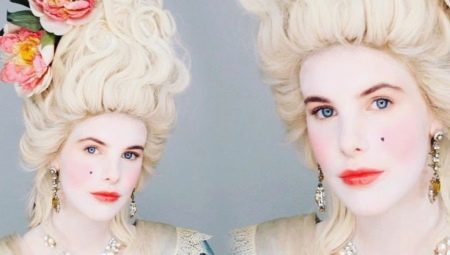Hairstyles from the 18th century - a separate topic in history. If today hair decoration is given a few minutes in front of the mirror, then in the XVIII century it became a special occupation requiring the participation of a specialist. It was the era of women who attached great importance to the creation of luxurious hairstyles and were ready to make great sacrifices for them. Today, with regular styling products at hand, you can do your own hair in the style of Rococo and Marie Antoinette.
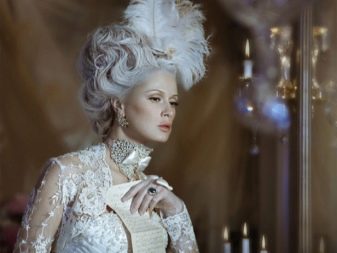

History
Throughout the XVIII century, women's hairstyles evolved rapidly. In the 1700s, the so-called fountain turned out to be in use in European countries - the original styling with a lace cap.
The appearance of the fountain is associated with the name of the favorite of the French king Angelica de Roussill-Fontage. Back in 1680, during the hunt, her hair was tousled. So that they do not interfere with her move in pursuit of game, she tied them with a piece of lace. History is silent whether it was a garter from the leg or lace from the sleeve. One way or another, the resulting hairstyle pleased the king. Almost all the ladies began to use styling using lace.
This fashion penetrated even among commoners.

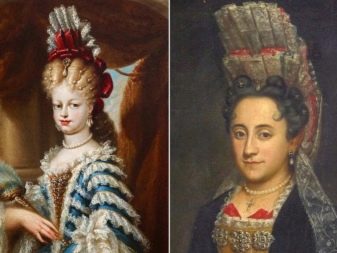
There were over a hundred options for fountains. Tightly curled hair in several tiers was placed above the forehead horizontally. Part of the curled hair fell freely on the shoulders.
The cap itself could be very high, up to 50 centimeters in height. It was worn vertically or to one side.
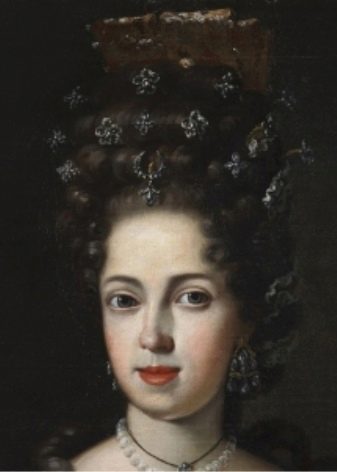
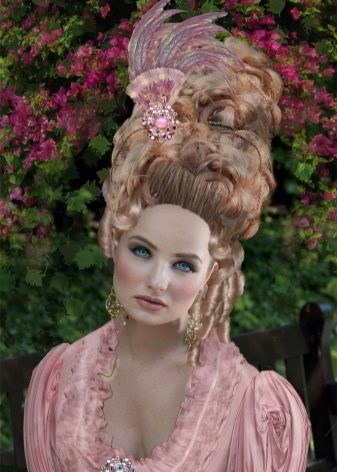
From 1713, modest styling with curls came into fashion. Once at a reception with the French king Louis XIV, a citizen of England, the Duchess of Shrewsbury appeared without a fountain, just combing her hair back. This served as a reason for changing priorities in the laying of hair.Since then, ladies have put curled hair in baskets and wreaths. Decorated with ribbons, tiaras, flowers. So the early Rococo style came into force.
Royal hairstyles and noble German, Russian, French, and English women wore hairstyles in this spirit.
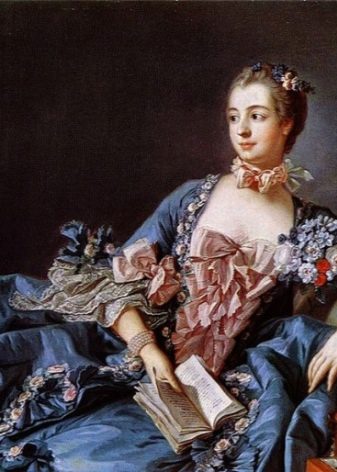
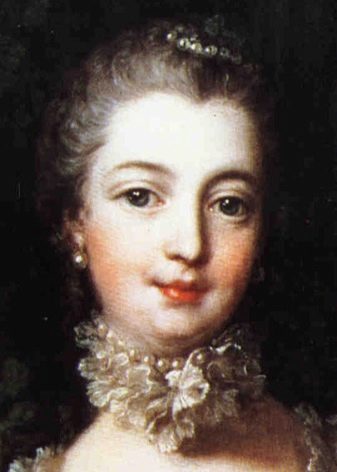
In Russia, the fountain was made until the mid-20s. Mostly loyal to him were ladies of age.
The fashion for elegant styling with curls was in the second half of the XVIII century, lasting until the 70s. Then, with the filing of the French Queen Marie Antoinette, who had thick hair, they began to make hairstyles of immense size. France itself has become a trendsetter in hairdressing for all of Europe.
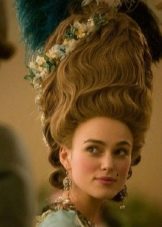
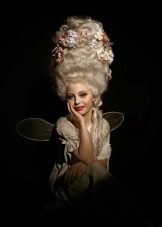
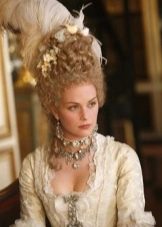

To erect an impressive size of the structure, frames with pillows were launched. Used overhead strands purchased from commoners, and even horsehair hair.
The hairstyle sometimes reached half a meter in height. To create such a creation without the participation of a true master was impossible.
It took hours for the formation of integral art compositions, so that later the owner of this beauty would not touch her head for at least a week. And then on condition that it was well provided in material terms.
In the middle class environment, the woman’s hairstyle did not change for a month.
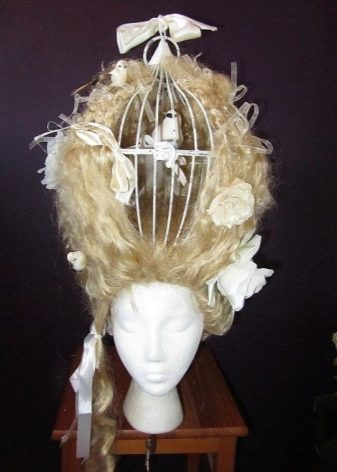

For reliable fixation of hair used lipstick based on fat and powder from flour. She had a silver, white or pink color. Her mass in her hair sometimes reached a kilogram.
To apply it, women had to wear a special peignoir so as not to mess the dress. To prevent flour dust from falling on the face, you had to hold a mask over it while the hairdresser applied the powder. You could also use a special closet. Powder poured from the ceiling onto the lady who entered it.
The unpleasant smell of food products that went into business to create beauty and remained on the hair for a long time had to be “drowned out” by a large number of perfumes with a sharp aroma. But even this did not discourage insects and mice from such “nests”.
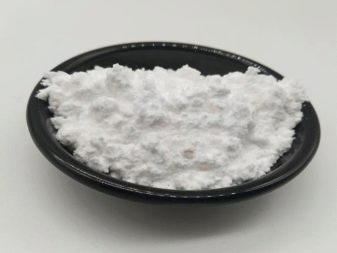
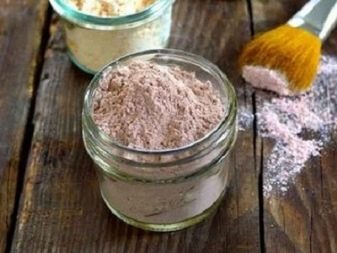
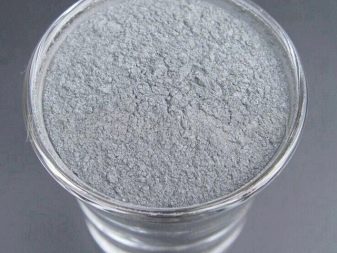
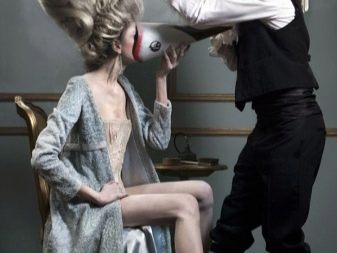
It is no coincidence that during this period, canes with a hard brush appeared in the everyday life of women. On the one hand, they made it possible to keep balance under the weight of the structures on the head, on the other hand, they acted as a tool with which to scratch the head itching from parasites (brush).
In addition to pompous styling were hats. Some hoisted stuffed birds on their heads. There you could see bird cages and fruit baskets.
Moreover, the fashion came on one, then on the other.
The reason for the creation of the composition was, among other things, specific events.
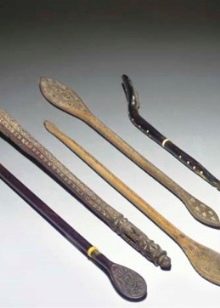
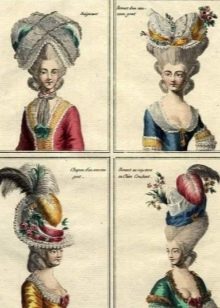
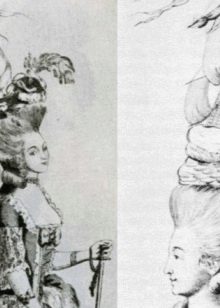
For example, in 1773, over Paris, its inhabitants saw a comet. This is reflected in the hairstyle with the corresponding name - the comet. Part of the installation was decoration in the form of a piece of gas cloth, depicting the tail of a celestial body.

In 1778, for several weeks, the hairstyle a la Belle Pul was a hit., in honor of the French frigate who triumphed in one and conflicts at sea. For this occasion, several hairdressers did the hairstyle for the “model” of the ship on the head of Marie Antoinette for 10 hours. The design turned out to be 70 centimeters high, and to create it, it required ladders, standing on which it was convenient to style the royal hair.
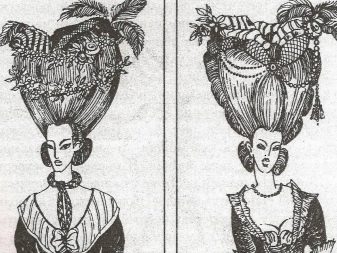
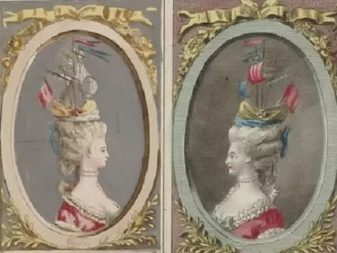
If today hairstyles were decorated in the form of fresh flowers, then tomorrow is already vegetables. Then in the hairstyles appeared fruits from the garden: carrots, radishes, cabbage. When feathers were at the peak of popularity, many peacocks and swans were sacrificed to female beauty.
Numerous gold jewelry with precious stones became part of the hairdresser's structures. The mass of creation on the head sometimes exceeded the weight of the beauty herself.
If it was difficult to maintain a proud posture and a friendly facial expression with this "architecture", then sleep all the more.
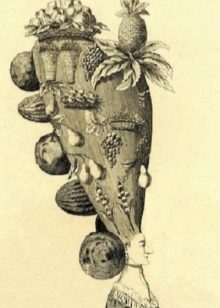
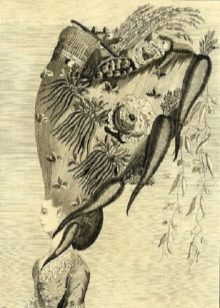
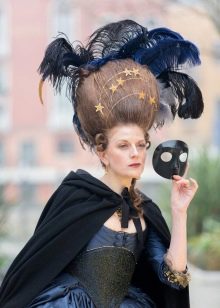
In order not to mash the styling, it was necessary to rely on special headrests made of wood, covered with fabric, or even sleep in an armchair. So that the mice would not prevail at night, she used a special wire cap.
With the hairstyles of that time it was difficult to travel in a carriage. Even the queen was once forced to ride in it, kneeling, so as not to ruin the creation of several hairdressers who worked on the decoration of her head.
The problem was solved when a special mechanism appeared that allowed “folding” the hairstyle for the duration of the trip.

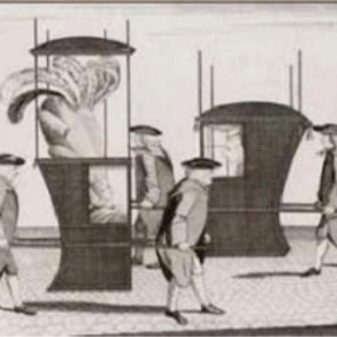
Hairdressing madness subsided after Marie Antoinette gave birth to an heir. Then her luxurious hair was noticeably thinned. A fashion for a wig with curls appeared.
After the French Revolution, the previous styling approach began to cause ridicule. He was replaced by much simpler hairstyles. Hair was laid in curls and worn loose, of which knots were made in the Greek manner.
Rococo was later replaced by romanticism.
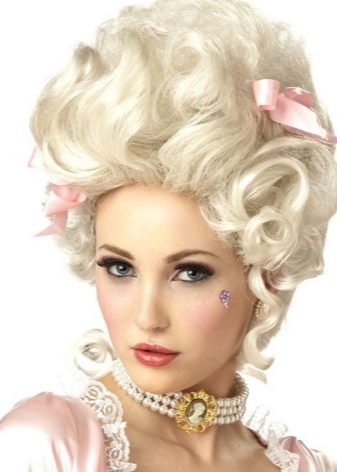
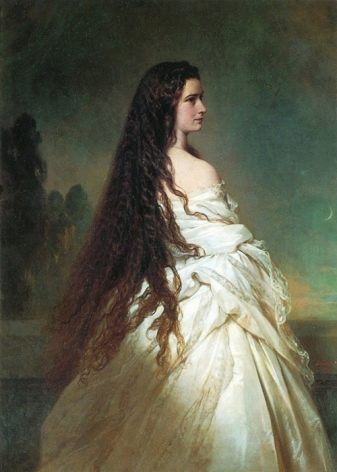
Who are they going to?
Accurate styling of early Rococo can be picked up by girls with almost any face shape. Tall pompous buildings are suitable for ladies with square faces, but the owner of the "triangle" will not be able to look advantageous in this form.
You must also consider the appropriateness of such styling. Masterpieces on her head are good when a girl walks on the catwalk, comes to a masquerade ball, a theme party or wedding, a comedian. In the middle of the street and in modern everyday clothes with a cap on his head, or even a still life, anyone will look strange.
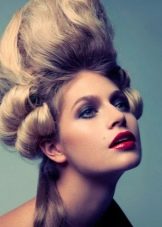
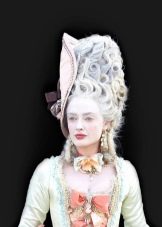
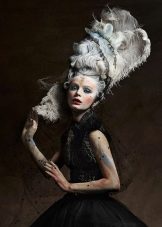
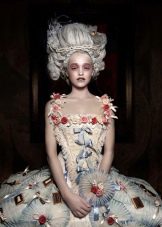
How to do it yourself?
Despite the savagery of the fashion salon of the 18th century, our time echoes that century using artificial strands. Modern styling tools open up space for immersion in the old era. You can make tall and simply lush styling in the appropriate style.
Rococo styling
Create such a hairstyle not so difficult in the presence of such a modern tool as an electric curling iron:
- separating the strands, sprinkle them with varnish and curl, not reaching the root of 10 centimeters;
- comb the hair at the root;
- comb your hair back so that your temples are open;
- if there is a bang, remove it back;
- lock the curls on the top with the help of hairpins;
- decorate with ribbon or hairpin.
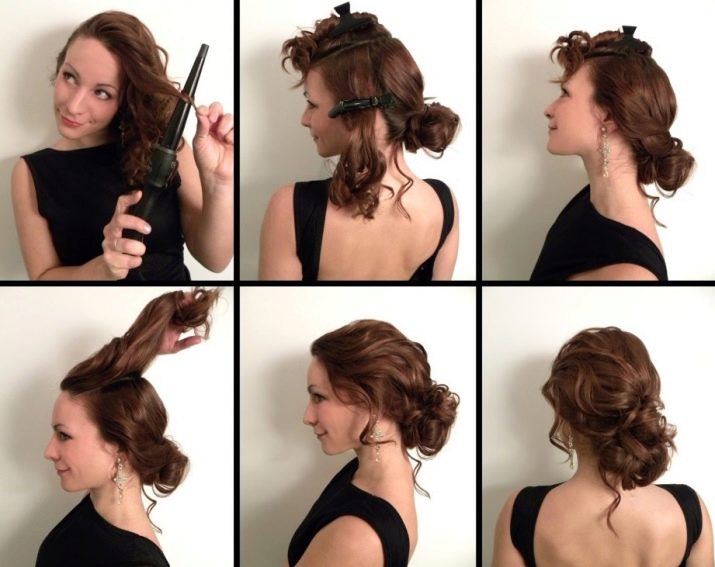
The bride’s hairstyle can also be styled in this style. Building a real “house” on your head, as you did in the “crazy” period, should not be, but you can observe the spirit:
- comb a thick lock of hair at the level of the forehead;
- fasten with varnish and stab on the top of the head;
- the rest of the hair to collect in the tail (higher);
- curl hair on curlers of large diameter or curling iron during the formation of styling;
- lay in a row around the base of the tail;
- leave part of the hair free of it;
- strengthen with varnish;
- decorate the hairstyle with ribbons and flowers.
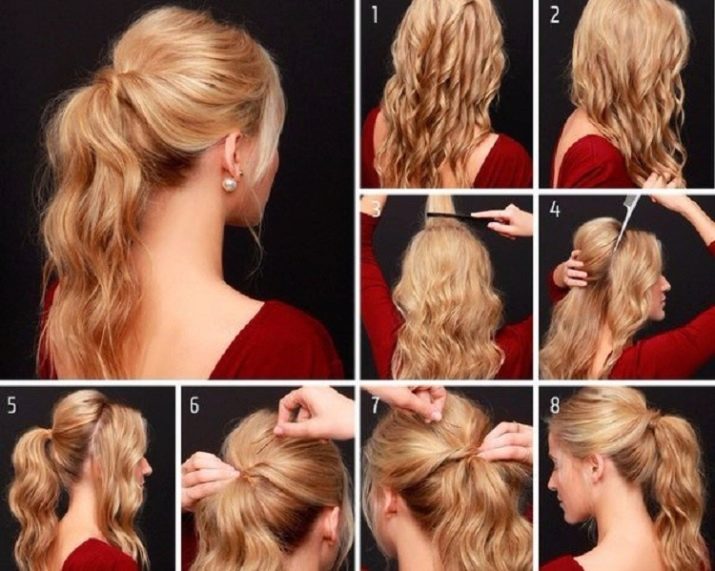
In the style of Marie Antoinette
To make this fanciful styling besides a comb, you need to have on hand:
- special frame;
- cotton wool or other filler for the frame;
- curlers;
- hairpins;
- Polish for hair.
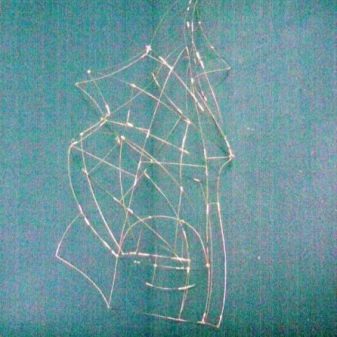
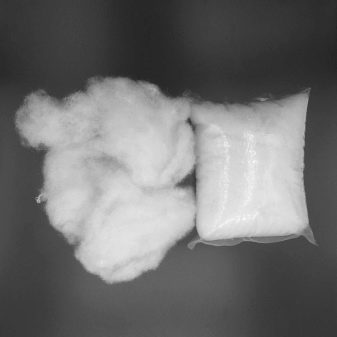
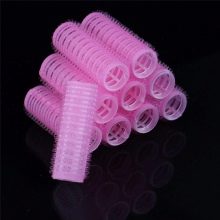
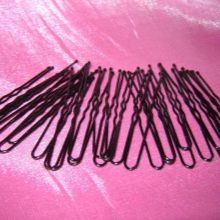
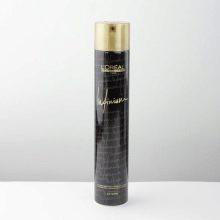
The procedure is as follows:
- locks well to comb;
- “Reserve” part of the hair on the back of the head and at the temples - they will be used at the last stage;
- install the frame on the head by placing cotton in it;
- disguise it with hair, lifting them up in a row, starting from the forehead;
- for fixing on the frame use studs;
- back hair and at the temples wind on a curling iron, forming curls;
- fix the hair with a varnish;
- decorate with beads.
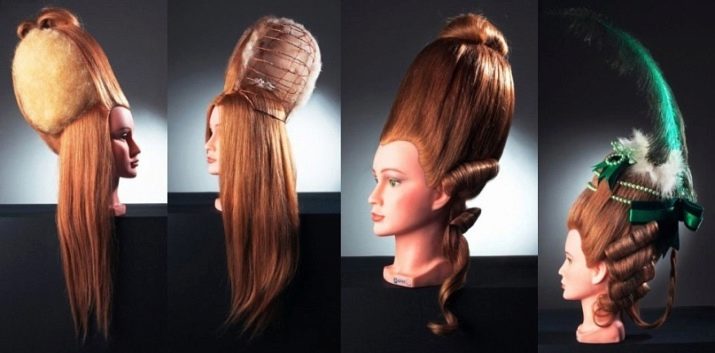
Beautiful examples
With a hairstyle in the spirit of the XVIII century, you can recreate the image of the queen.
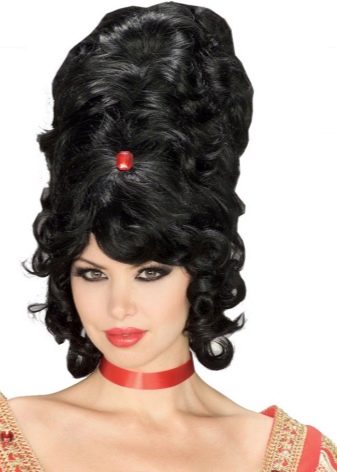
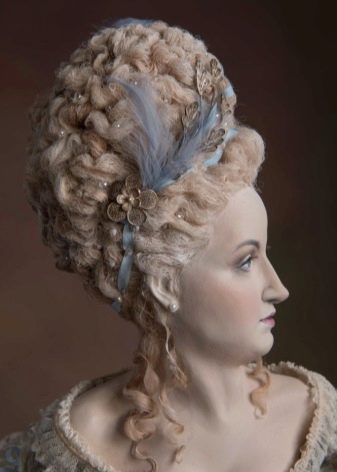
Strongly combed hair in front and curls on the shoulder suggest balls at the royal court.
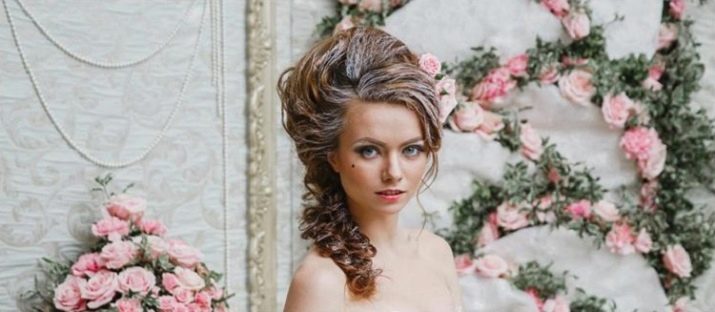
A hairstyle in the spirit of Marie Antoinette looks very impressive.
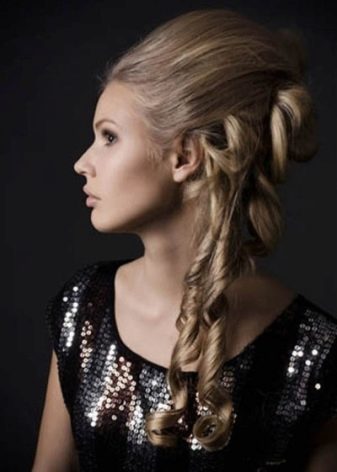
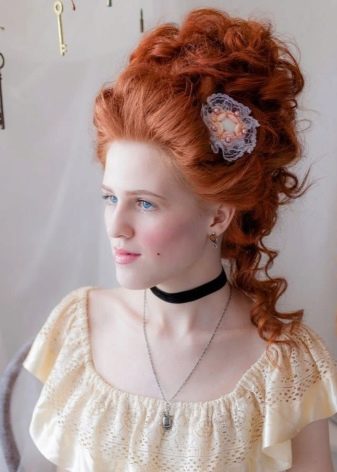
Workshop on creating hairstyles of the XVIII century in the video below.
